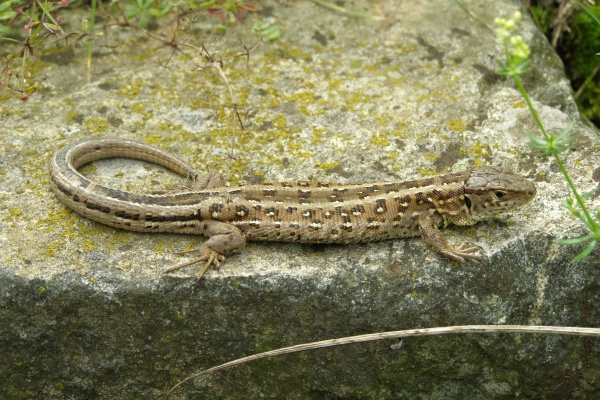Facts About Sand lizard
The sand lizard is a captivating reptile found across Europe, stretching from Britain and France to Germany and Russia, and extending as far as Mongolia and northwest China. These lizards are notable for their striking sexual dimorphism: males exhibit distinctive markings and turn bright green during the mating season, while females and juveniles have more subdued colors. There are various subspecies of sand lizards, each with unique coloration and markings.
Sand lizards are predominantly found in Eastern Europe, with substantial populations in countries like Poland and the Czech Republic. During the day, these lizards enjoy basking on rocks to absorb sunlight, but they retreat to underground burrows at night.
In the UK, sand lizards primarily inhabit lowland heathlands and sand dunes in Southern England, as well as coastal areas of Northwest England and Wales. Unfortunately, the species is considered threatened and is protected by strict UK and European laws. Conservation efforts include captive breeding and reintroduction programs, habitat protection, and public awareness campaigns.
Regarding reproduction, male sand lizards reach sexual maturity at a smaller size than females. Females lay their eggs in loose sand in sunny areas, where the warmth of the ground incubates them. These lizards face several threats from predators such as mustelids, foxes, birds, and snakes, as well as domestic animals like pheasants and cats.
To avoid inbreeding, female sand lizards often mate with multiple males, leading to sperm competition within their reproductive tracts. They have the capability to selectively use the sperm of males that are less genetically related to them, which enhances the fitness of their offspring by reducing inbreeding depression.

 Ireland
Ireland